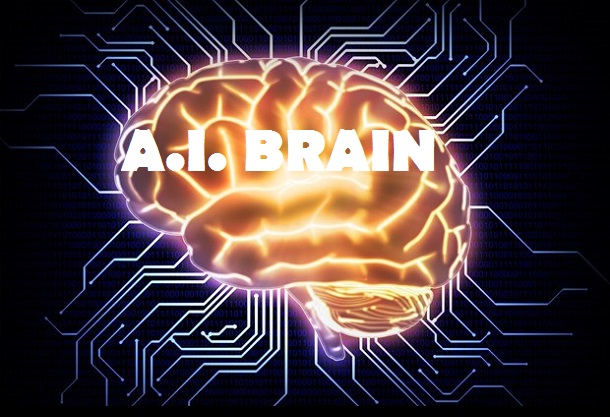21st Century Wire says…
When scientists and technologists have been musing about the future of super-computing and Artificial Intelligence (AI), it’s always been accepted as a inevitable that the our AI future would be a digital one.
According to ArtificialBrains.com:
“Artificial brains are man-made machines that are just as intelligent, creative, and self-aware as humans. No such machine has yet been built, but it is only a matter of time. Given current trends in neuroscience, computing, and nanotechnology, we estimate that artificial general intelligence will emerge sometime in the 21st century, maybe even by the year 2050.”
We might not have to wait that long. A group of scientists Down Under believe they’ve made the next big breakthrough in AI by configuring an analogue solution which outperforms its digital counterpart on multiple levels…
One step closer to artificial intelligence: Scientists create cells replicating human brain processes
RT.com
Australian scientists have for the first time developed an electronic long-term memory cell that mimics the work of a human brain. Researchers say the discovery is a step towards creating a bionic brain.
 Researchers from the Royal Melbourne Institute of Technology (RMIT) have created the world’s first electronic multi-state memory cell which mirrors the brain’s ability to simultaneously process and store multiple strands of information, according to the university’s press-release.
Researchers from the Royal Melbourne Institute of Technology (RMIT) have created the world’s first electronic multi-state memory cell which mirrors the brain’s ability to simultaneously process and store multiple strands of information, according to the university’s press-release.
The groundbreaking discovery was recently published in the materials science journal Advanced Functional Materials.
The device which is 10,000 times thinner than a human hair is a “vital step towards creating a bionic brain,” the scientists said.
“This is the closest we have come to creating a brain-like system with memory that learns and stores analog information and is quick at retrieving this stored information,” said project leader and co-leader of the RMIT Functional Materials and Microsystems Research Group, Dr Sharath Sriram.
The lead author of the study Dr Hussein Nili, said that the device is major step in recreating the human brain.
“This new discovery is significant as it allows the multi-state cell to store and process information in the very same way that the brain does,” he said.
“Think of an old camera which could only take pictures in black and white. The same analogy applies here, rather than just black and white memories we now have memories in full color with shade, light and texture, it is a major step.”
He explained that current devices store data only in binary sequences, however the new nano cell can store information in multiple states because its analogue.
“While these new devices are able to store much more information than conventional digital memories (which store just 0s and 1s), it is their brain-like ability to remember and retain previous information that is exciting,” he said.
The mechanism of the new device is based on a previous discovery made by RMIT researchers last year where they created a nanometer-thin stacked memory structure using a thin film from a functional oxide material…
READ MORE ARTIFICIAL INTELLIGENCE NEWS AT: 21st Century Wire A.I. Files
















